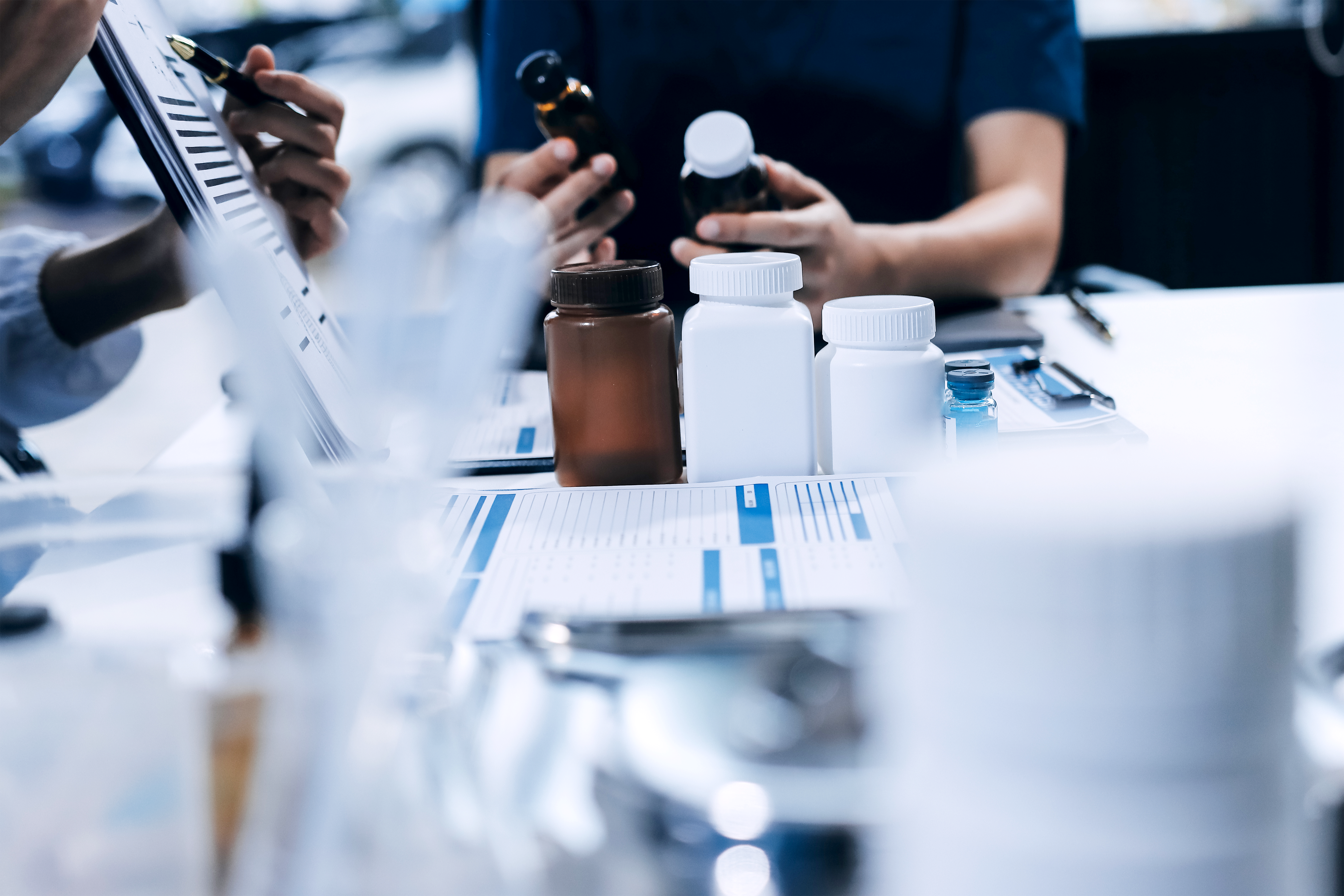What is Included in a Medication Cart With Lock?

Medication carts are standard equipment in most clinics and hospitals, as they allow your healthcare personnel to bring lifesaving meds and equipment to where they are needed while also keeping them locked and secured when not in use.
Typical medication carts offer several standard features, and there are many lock options available to secure the medication inside your drawers. Choosing the right combination of cart features is critical to balance ease of access with security.
Customizable Drawers
Even within the same facility, you may need various procedure cart configurations for different needs. Standard general-purpose medication carts are suitable for transporting selections of commonly needed meds and sanitary supplies.
However, they differ from specialized med cart designs, such as crash carts (also known as code carts) which contain emergency supplies for immediate lifesaving or life-preserving. Other examples include the transfer cart, necessary to transfer meds from the pharmacy to the point of care, or the punch card cart, ideal for carrying and organizing hundreds of punch cards.
Your cart provider can customize the same basic cart design to fit every need with the proper drawer configurations. You can order medical carts with any number of storage compartments and drawers, and you can even select the drawer construction for ease of access, such as cassette drawers, sliding supplies drawers, or ball-bearing drawers. For high-density storage, look for carts equipped with full-extension drawers.
The proper selection makes it easy to keep your medication units and doses precisely organized, letting your personnel find the supplies they need as quickly as possible.
Security Options
According to a 2019 Joint Commission report, one of the most commonly abused substance families is opioids, such as morphine, Fentanyl, and oxycodone. Regardless of your med cart’s intended purpose, keeping these medications secured and protected from unauthorized access is critical to prevent drug diversion and drug abuse.
You can fit your medication cart with a wide array of locking options to secure your drawers, which can be divided into two categories: Physical locking systems and electronically locked drawers.
Physical locks
Physical locking systems include some of the more straightforward ways to secure your medication carts, such as:
- Standard key locks
- Lock bars and padlocks
- Breakaway seals
Electronic locks
More advanced locking systems take advantage of electronics to provide better security. Examples include:
- Electronic keypads
- Proximity readers and RFID keycards
- Biometric readers (fingerprint locks)
Secondary locking systems
The primary purpose of a secondary locking device is to provide additional security to the medical cart. On its own, a secondary lock is not enough to secure all drawers or their contents, but it can reinforce a primary physical or electronic locking device. Examples of secondary locking systems include:
- Wall locks and steel cables or chains
- Cable locks for laptops
- Internal drawer compartments with separate locks (e.g., for storing opioids, narcotics, or other sensitive medications away from the other types)
Ergonomics and Maneuverability
Even if your medical carts have the best combination of features imaginable, they will be a long-term hindrance for your personnel if they are not convenient or easy to use. Good ergonomic features should not be ignored, as they let your caregivers focus on their jobs.
High-quality medication carts feature ergonomic designs with rounded surfaces for ease of pushing, pulling, and relocating. Their dimensions are adapted for healthcare environments, with medication drawers set at a comfortable height, preventing personnel from having to bend down, kneel, or get into uncomfortable positions while finding the right medical equipment.
Additionally, it is critical to remember that unless tethered or immobilized, a medical cart’s only point of contact with the floor is the casters. Quality medication carts should possess large, conductive swivel casters capable of withstanding daily rough handling without sustaining damage.
The casters’ anti-static properties also protect the cart from electrostatic damage, which can damage or disable electronic locks and other electronic equipment, such as laptops, defibrillators, or mounted peripherals.
Easy Sanitation
Healthcare facilities must follow stringent sanitation and infection control protocols, as recommended by the Centers for Disease Control and Prevention (CDC). One of the most basic and essential measures a healthcare facility can do is disinfect and sterilize all working surfaces as often as is appropriate. Medication carts are among these surfaces, and a well-made, sanitation-friendly cart design can make infection control and disinfection processes much easier and more convenient to perform.
Examples of suitable medication cart design features include rounded corners, plenty of flat surfaces, and a low number of seams and crevices, which are difficult to reach and facilitate the growth of bacteria and other contaminants.
Improve Your Caregivers’ Efficiency with the Best Medication Carts
At KbPort Healthcare, our objective is to equip healthcare facilities with the best medical carts available, bringing together innovative technology, convenient features, and security options.
If our standardized cart options do not fit your needs, we can create 100% custom solutions to meet your specific requirements. For more information about our products and services or to request a free quote, contact us and speak to our representatives.
OPENING HOURS
| Week Days – TX |
8:00 – 4:30 CT |
| Week Days – PA |
8:00 – 4:30 EST |
